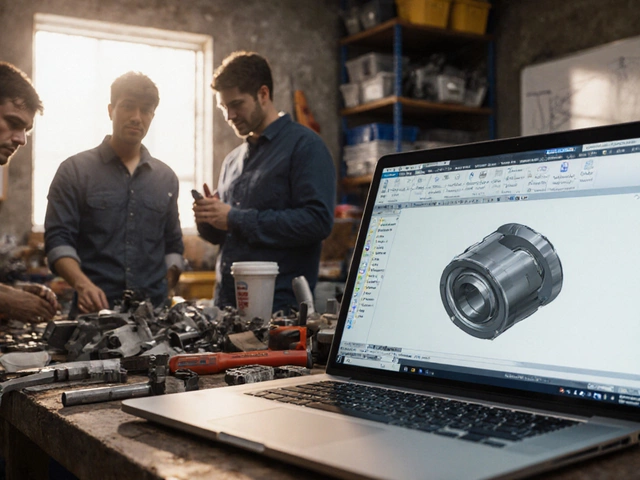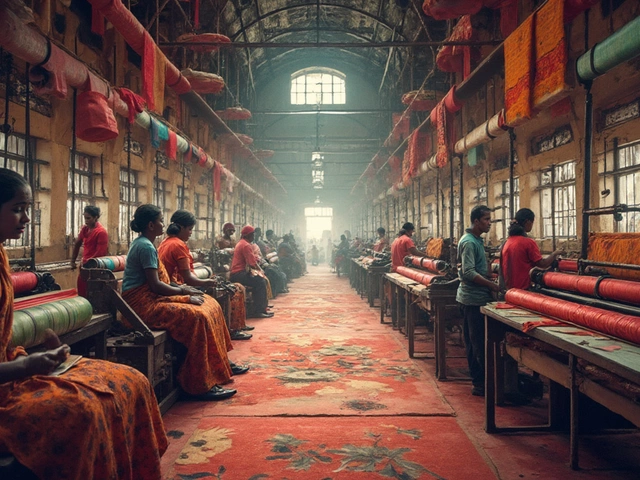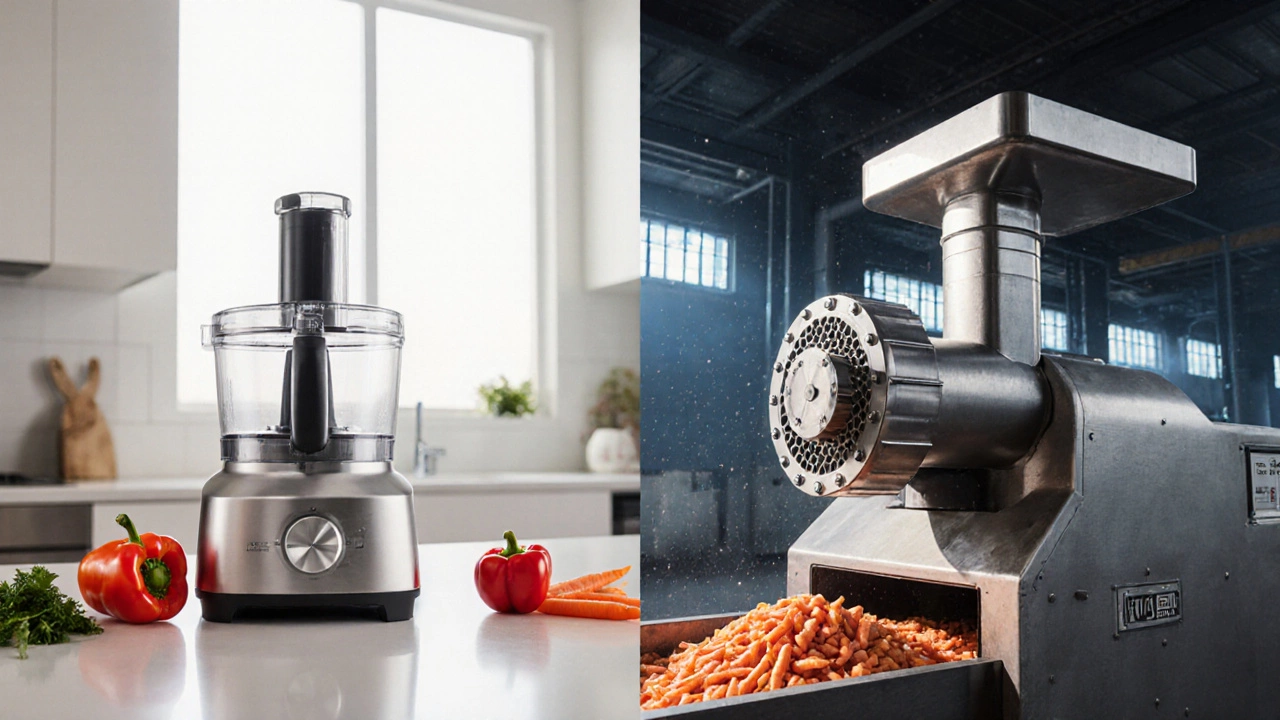
Processing System Calculator
Choose Your Production Scenario
Ever stood in a kitchen or a factory wondering whether a processor vs processing unit matters? The answer can save you time, money, and headaches. In food manufacturing, the terms often get tossed around as if they mean the same thing, but they describe distinct pieces of equipment with different roles.
What a Processor Is
When discussing food manufacturing, Processor is a device that mechanically breaks down raw ingredients into smaller pieces, usually by cutting, shredding, grinding, or pureeing. Think of a countertop appliance that chops vegetables into bite‑size bits or a commercial metal‑blade unit that turns whole carrots into a fine mash. Processors are generally designed for high‑speed, short‑duration tasks and are often interchangeable across product lines because they focus on physical size reduction.
What a Processing Unit Is
A Processing unit refers to a broader system that may include one or more processors, heating elements, mixers, conveyors, and control panels to transform raw material into a finished product. It’s the whole work cell that coordinates multiple steps-mixing, heating, cooling, and packaging-under a single supervisory logic. In a plant, a processing unit could be a dedicated line that turns raw wheat into ready‑to‑bake dough, handling everything from grain cleaning to final dough extrusion.
Core Functional Differences
- Scope of operation: A processor focuses on size reduction; a processing unit orchestrates several operations.
- Automation level: Processors can be manual or semi‑automatic, while processing units are typically fully automated with PLC (Programmable Logic Controller) control.
- Scale: Processors range from a few kilograms per hour to modest batch sizes. Processing units scale from pilot‑scale (hundreds of kilograms) to full‑scale industrial lines (tons per day).
- Integration: Processors are stand‑alone tools; processing units embed processors as sub‑components alongside mixers, heaters, and conveyors.
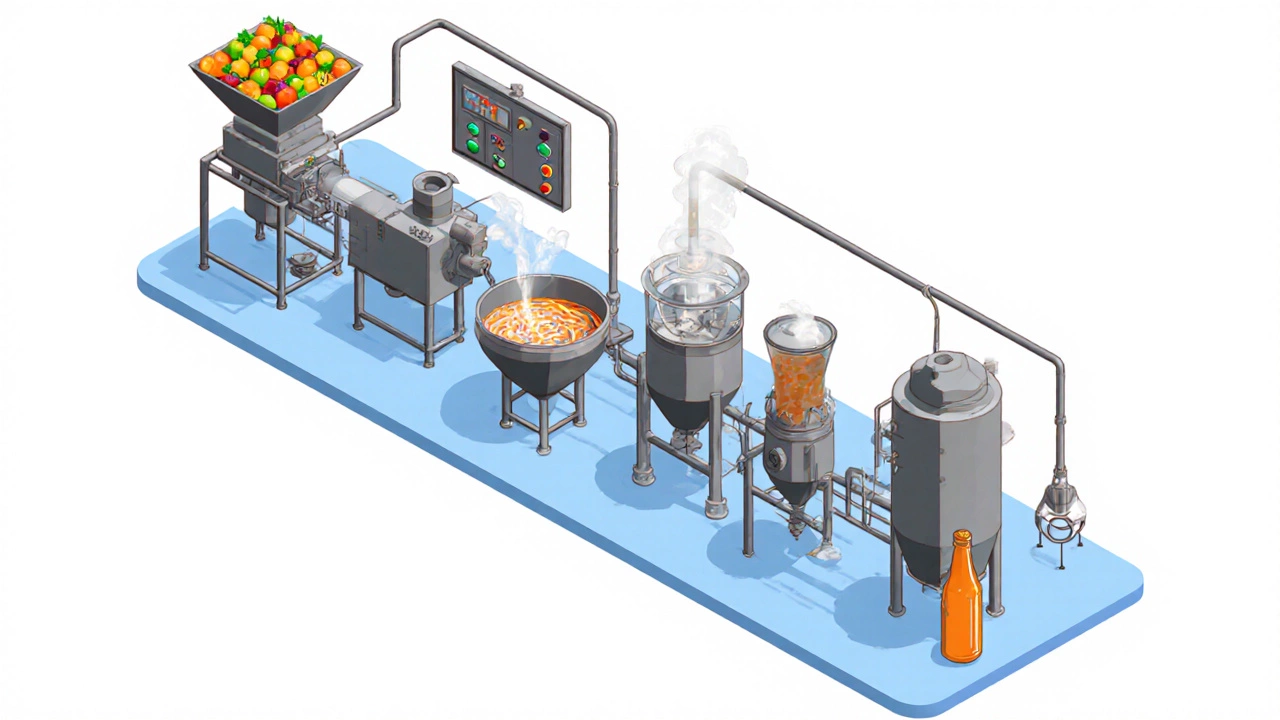
Real‑World Food Industry Examples
Food processor is a kitchen‑grade machine used to chop, slice, grate, or puree ingredients for ready‑to‑cook meals is common in small‑batch sauce production. A handful of operators feed whole tomatoes, the processor chops them, and the output moves to a cooking kettle.
In contrast, an Industrial processing unit might combine a grinder, a continuous mixer, a pasteurizer, and a packaging line to produce fruit juice at scale. Here the grinder (a processor) reduces fruit to pulp, the mixer blends it with water and sugar, the pasteurizer heats the mixture, and the packaging line bottles the final product-all coordinated by a single control system.
Other common units include:
- Batch processing operates in discrete lots, ideal for products that require precise temperature holds
- Continuous processing runs nonstop, perfect for high‑volume items like dairy or beverage streams
- Canning line integrates filling, sealing, sterilization, and cooling stations for shelf‑stable goods
- Milling unit grinds grains into flour and often includes sieving and blending stages
- Extruder shapes dough or protein blends into noodles, snacks, or textured vegetable proteins
- Cleaning unit provides CIP (Clean‑In‑Place) cycles for equipment sanitation without disassembly
Choosing the Right Setup: Pros and Cons
When a simple size‑reduction step is all you need, a dedicated processor wins. It’s cheaper, easier to maintain, and you can swap it out for other tasks. However, if your product requires heating, mixing, or precise timing, a processing unit eliminates the need for separate machines and reduces manual handling.
| Aspect | Processor | Processing Unit |
|---|---|---|
| Primary Function | Size reduction (cut, grind, puree) | Multi‑step transformation (mix, heat, cool, package) |
| Typical Scale | Batch sizes from 1 kg to 200 kg | From pilot (100 kg) to full‑scale (10 t+ per day) |
| Automation | Manual or semi‑automatic | Fully automated with PLC/SCADA |
| Footprint | Compact, tabletop or floor‑stand | Large, requires floor space for conveyors |
| Cost | Low to medium (hundreds to low‑thousands USD) | Medium to high (tens‑to‑hundreds of thousands USD) |
| Maintenance | Simple, user‑replaceable parts | Scheduled downtime, specialist service |
Decision‑Making Checklist
- Identify the required processing steps. If only chopping or grinding is needed, go with a processor.
- Assess volume. High throughput favors a processing unit.
- Determine automation needs. Labor‑intensive lines benefit from a unit with PLC control.
- Calculate space and budget. Processors fit tight spaces; units need dedicated floor area.
- Plan for hygiene. Units usually incorporate CIP; processors may need manual cleaning.
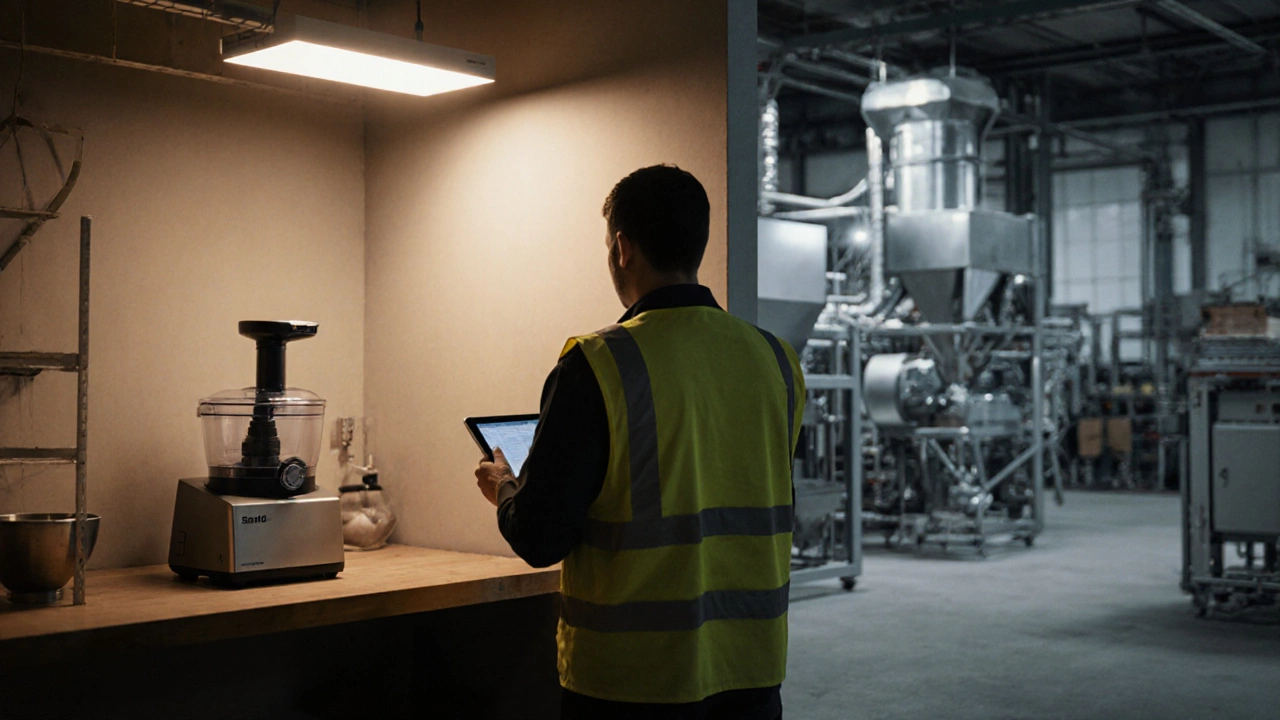
Common Misconceptions
Many assume "processor" and "processing unit" are interchangeable because both appear on equipment spec sheets. The reality is that a processor is just one component inside many processing units. Confusing the two can lead to under‑specifying a line, resulting in bottlenecks later on.
Another myth is that a processor alone can handle any food form. Soft ingredients like mashed fruit can be processed, but high‑fat emulsions often need simultaneous shearing and heating-something only a full processing unit can provide.
Key Takeaways
- A processor = mechanical size reduction tool.
- A processing unit = integrated system handling multiple operations.
- Choose based on process complexity, volume, and automation goals.
Frequently Asked Questions
Can I replace a processing unit with multiple processors?
You can, but you’ll lose the seamless integration and automation a unit provides. You’ll need extra conveyors, sensors, and manual coordination, which can raise labor costs and increase contamination risk.
What maintenance differences should I expect?
Processors usually require blade sharpening or replacement and occasional cleaning. Processing units often have scheduled CIP cycles, wear‑part replacements for mixers or heaters, and require PLC software updates.
Is a processor suitable for low‑acid fruit preparations?
For low‑acid fruits, a processor can handle the chopping and pureeing, but if the product needs pasteurization or sealing, you’ll need additional equipment-usually part of a processing unit.
How does energy consumption compare?
A single processor draws modest power (1‑3 kW). A processing unit, which may combine grinders, mixers, heaters, and conveyors, can consume 15‑50 kW depending on scale and duty cycle.
Which option offers better product consistency?
Processing units deliver tighter control because parameters (speed, temperature, time) are monitored and adjusted in real‑time. A standalone processor relies on operator skill for consistency.
